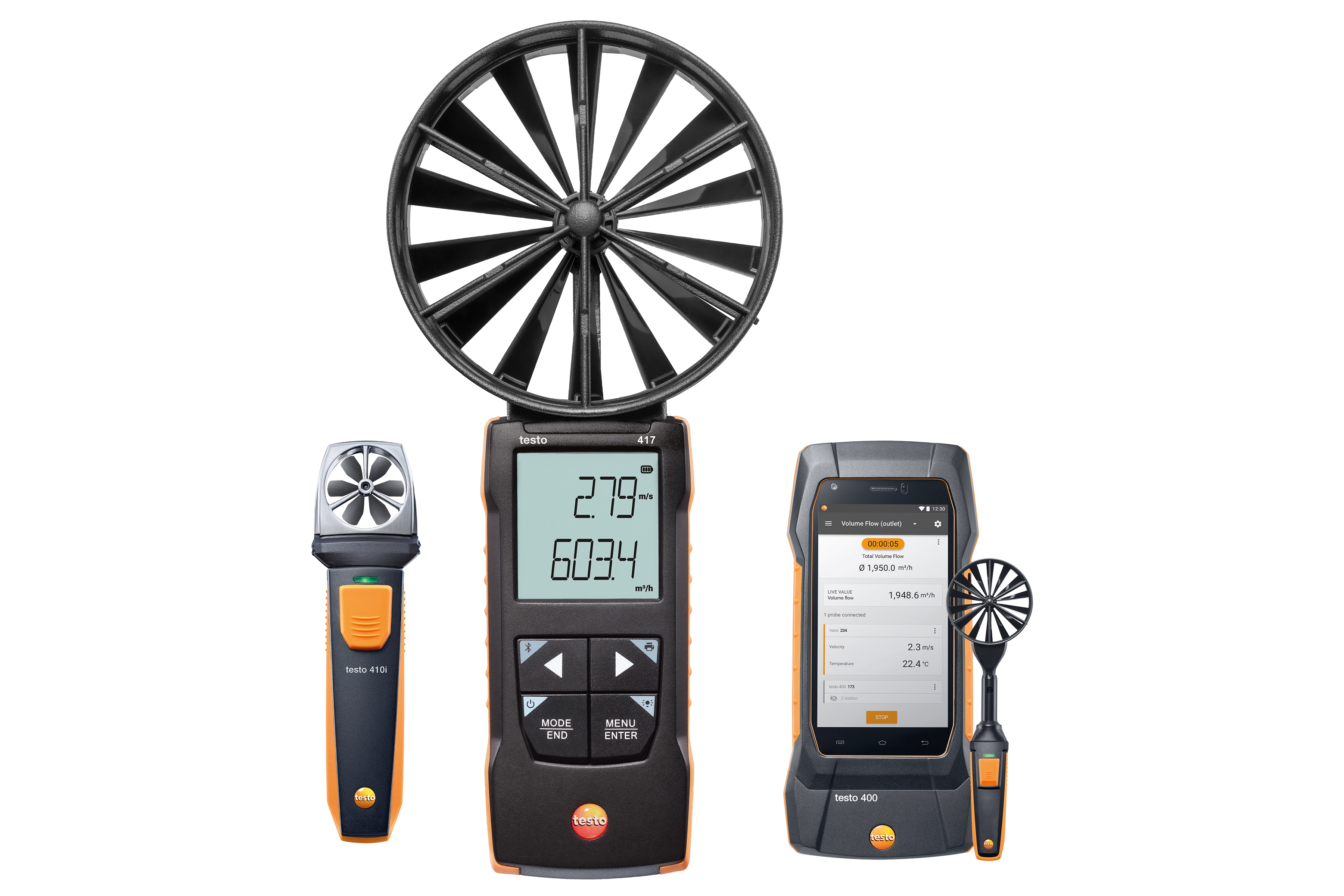Professional Tips for Adjusting Your Anemometer for Ideal Efficiency
All You Required to Understand About Anemometers: Exactly How They Function, Why They Matter, and Where to Use Them
Anemometers, however typically forgotten in the realm of scientific instruments, play a crucial function in numerous fields, supplying beneficial insights right into wind speed and air flow patterns. Recognizing the auto mechanics behind these devices is crucial for any individual seeking to harness the power of this data. From meteorologists tracking climate patterns to designers developing frameworks with wind lots in mind, the applications of anemometers are diverse and significant. As we look into the details of anemometer innovation, we will uncover the internal workings of these devices, their relevance, and the key considerations when selecting the right anemometer for specific applications.

Anemometer Essentials
A vital instrument used to measure wind speed and instructions, the anemometer plays an important role in weather forecasting and various industries. An anemometer usually consists of 3 or 4 cups that revolve in the wind, a vane that points into the wind, and sensing units to track the activities or rotations.
There are numerous types of anemometers offered, including cup anemometers, vane anemometers, hot-wire anemometers, and sonic anemometers, each with its distinct attributes and applications. Mug anemometers are generally used for standard wind rate measurements, while vane anemometers are chosen for directional dimensions.
Concepts of Anemometer Operation
Structure on the fundamental understanding of anemometer fundamentals, the concepts of anemometer procedure elucidate the mechanics behind wind rate and instructions measurements. Cup anemometers, for instance, have 3 or more cups that catch the wind, creating them to spin much faster as the wind speed rises. Hot-wire anemometers count on a warmed wire that cools down as wind passes over it, with the rate of cooling establishing the wind speed.
Significance of Anemometers
Anemometers play a crucial duty in gauging wind speed and direction, supplying vital information for climate forecasting, climate studies, ecological monitoring, and aeronautics operations. Meteorologists depend on anemometers to gather accurate wind data, aiding them understand weather patterns, forecast tornados, and problem prompt warnings to the public. Wind ranch operators use anemometers to evaluate wind conditions and maximize electrical energy production from wind turbines.
Applications Throughout Various Industries
In the eco-friendly energy sector, anemometers play a vital function in assessing wind conditions for wind ranch placements, guaranteeing optimum energy manufacturing. Industries like construction and mining utilize anemometers to keep an eye on wind recommended you read rates, critical for safety and security methods, particularly when functioning at elevations or in open-pit mines where strong winds can present hazards. In farming, anemometers aid farmers in handling plant splashing by giving real-time click information on wind speed to avoid drift.

Choosing the Right Anemometer for Your Needs
For basic objectives, a mug anemometer is suitable for gauging wind speed, while a vane anemometer provides wind instructions information. Hot-wire anemometers are perfect for reduced airspeed measurements, and ultrasonic anemometers use high precision and durability.

Conclusion
Finally, anemometers play a vital role in gauging wind rate and instructions across various industries. Comprehending the principles of anemometer procedure is vital for choosing the appropriate gadget for certain needs. From meteorology to aviation, anemometers are vital devices for why not look here collecting precise information and making sure security in various applications. It is essential to think about the significance of anemometers in order to make informed choices when choosing the most ideal tool for gauging wind problems.
There are various types of anemometers readily available, consisting of cup anemometers, vane anemometers, hot-wire anemometers, and sonic anemometers, each with its one-of-a-kind attributes and applications. Mug anemometers are frequently utilized for fundamental wind speed dimensions, while vane anemometers are preferred for directional measurements. Hot-wire anemometers are appropriate for reduced airspeeds, and sonic anemometers are perfect for high-precision dimensions in research study and commercial setups.Building on the fundamental understanding of anemometer fundamentals, the concepts of anemometer operation illuminate the mechanics behind wind rate and instructions measurements. For general functions, a mug anemometer is ideal for measuring wind speed, while a vane anemometer gives wind instructions data.